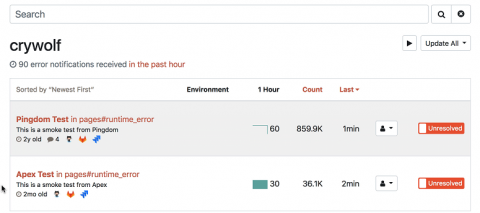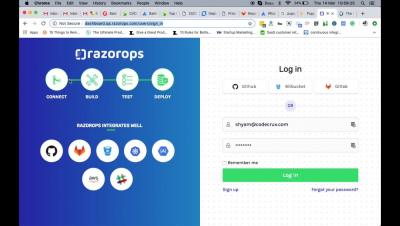Announcement: Opsgenie is Now Live in Atlassian's Community!
We have exciting news! Now, just like every other Atlassian product Opsgenie now has a collection in the Atlassian Community. We've been working as a team to create a meaningful Opsgenie space in Atlassian's Community. The Community is a rich online resource that gathers users, customers, Technical Support, Product Managers, Product Marketers, and more.











